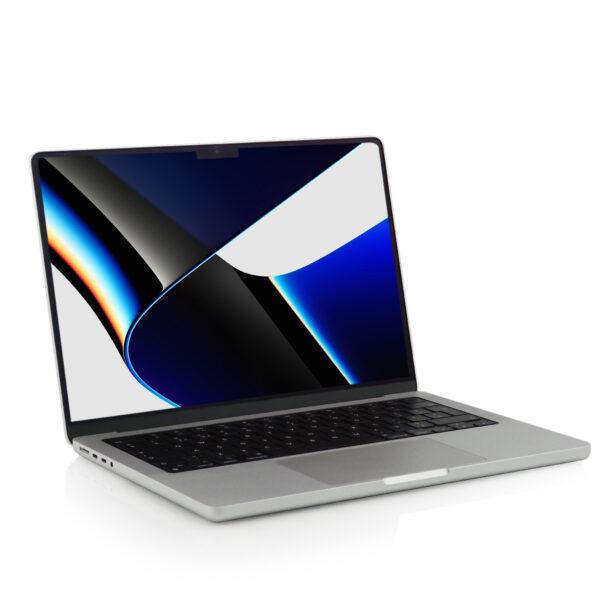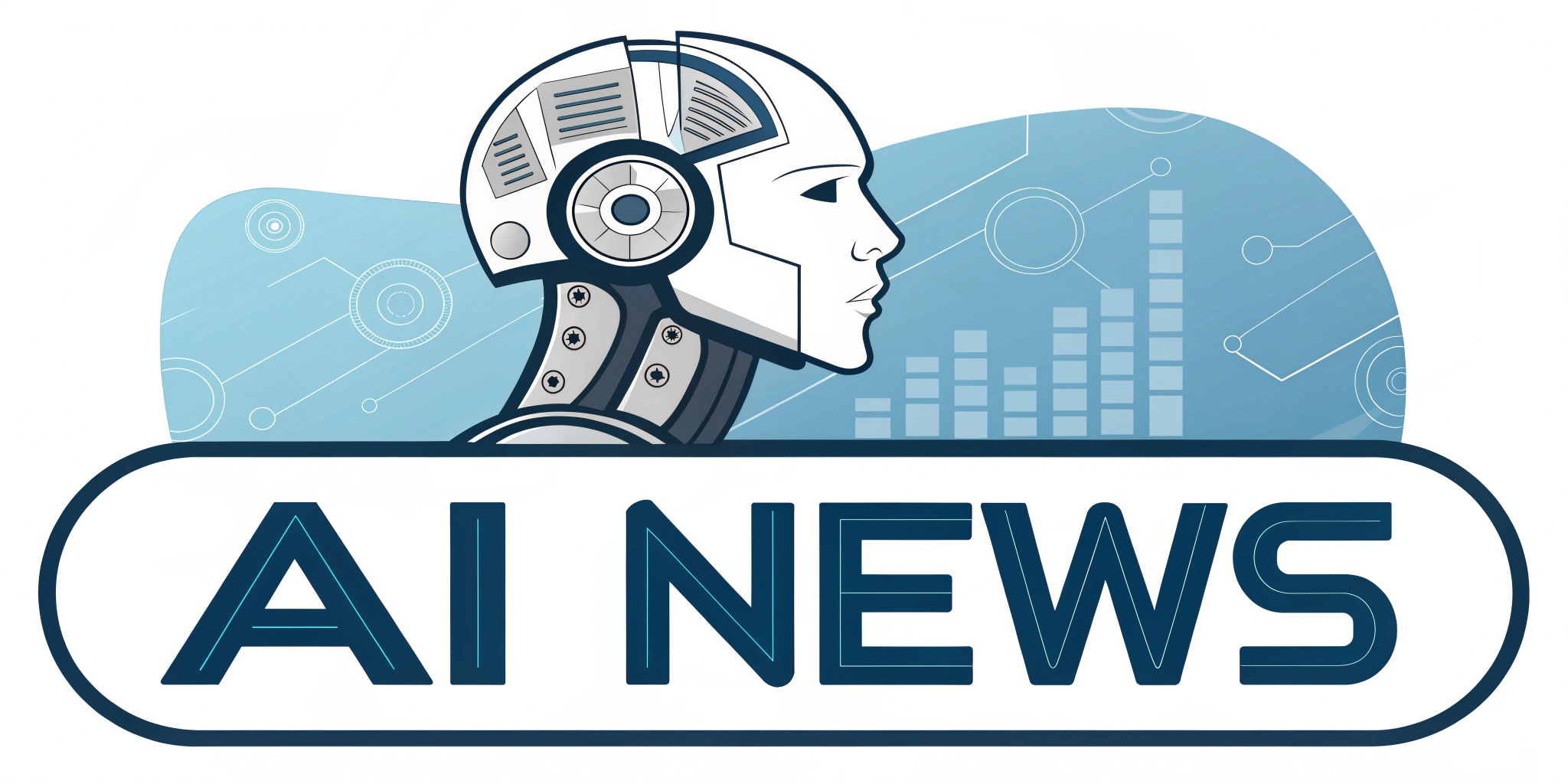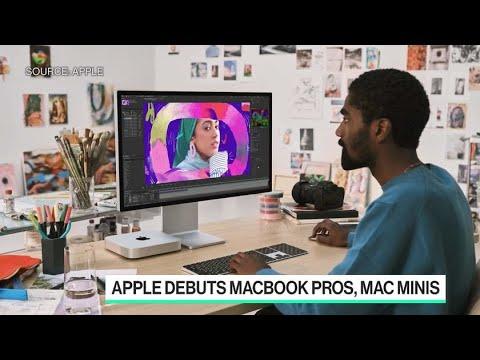Apple has officially unveiled its latest additions to the Mac lineup: the new MacBook Pro and Mac Mini, both now available for pre-order on the company’s website ahead of their scheduled shipping date on January 24th. The refreshed devices, while visually similar to their predecessors, mark a pivotal upgrade for users with the introduction of Apple’s latest silicon, including the highly anticipated M2 and M2 Pro chips. These advancements promise enhanced performance, catering especially to professionals in fields such as video editing and programming who demand robust computing power. After facing delays in production last year due to manufacturing challenges and semiconductor shortages, Apple is finally ready to roll out these devices, reigniting interest among tech enthusiasts and loyal customers alike. As the tech giant continues its transition away from Intel chips, the latest Mac offerings raise questions about the future of computing power and the company’s ongoing commitment to controlling its technology and supply chain.
Introducing Apple’s Latest MacBook Pro and Mac Mini Models
The latest iterations of Apple’s MacBook Pro and Mac Mini introduce a suite of enhanced functionalities designed to meet the diverse needs of users,from casual creatives to industry professionals. These models feature updated display technologies,with the MacBook Pro showcasing a Liquid Retina XDR screen that delivers stunning visuals and improved brightness levels. Whether working on intricate designs or streaming high-definition content, users will experience unparalleled clarity and vibrancy. Additionally, both models have been equipped with upgraded connectivity options that improve compatibility with a broader range of peripherals and external devices, ensuring seamless integration into existing setups.
Performance enhancements are at the forefront of the new MacBook Pro and Mac Mini. Apple has incorporated features that optimize energy efficiency while boosting overall computing power. The inclusion of advanced thermal management systems enables sustained performance even under demanding workloads. Other notable upgrades include:
- Unified Memory Architecture: Offering faster data access and improved multitasking capabilities.
- Improved battery life: Allowing for extended use without compromising performance.
- Enhanced graphics capabilities: Making them suitable for graphics-intensive tasks such as 3D rendering and gaming.
Powerful Chip Upgrades: The M2 and M2 Pro Chips Explained
The M2 and M2 Pro chips signify a ample leap in the capabilities of Apple’s silicon architecture. Designed for high-performance tasks, these chips incorporate advanced technologies such as next-gen CPU and GPU cores, enabling an increase in computational efficiency and graphics rendering. The M2 chip features an 8-core CPU, which enhances multi-threading performance and allows software applications to operate with remarkable speed. Conversely, the M2 Pro’s configuration can support up to 12 CPU cores and an impressive 19 GPU cores, elevating the performance bar for intensive applications used in video production, software progress, and scientific modeling.
Another key advancement lies in the integrated Neural Engine, which facilitates machine learning tasks crucial for workflows that rely on artificial intelligence. This chip architecture not only contributes to improved responsiveness but also enhances the overall user experience by streamlining tasks such as image processing and language translation. Moreover, the chips are designed to work harmoniously with macOS, providing users with a seamless experience and maximizing the capabilities of Apple’s software ecosystem. As a result,users can expect smoother operation and faster load times across various applications,empowering their productivity like never before.
Understanding the Implications of Production Delays on Apple’s Release Schedule
The recent production delays Apple experienced have raised important concerns regarding their overall release strategy and future product launches. Such setbacks not only affect the immediate availability of newly unveiled products but may also disrupt the company’s carefully crafted timetable for future innovations. With competitors consistently introducing advanced technologies and new products, any slippage in Apple’s release schedule can potentially impact its market position and customer loyalty. Companies in the tech landscape frequently enough rely on an uninterrupted flow of product releases to maintain their momentum and retain consumer interest, which is especially critical in the fast-paced world of computing technology.
Additionally, these delays can lead to a ripple effect across the supply chain, especially for third-party manufacturers that depend on Apple’s timelines to prepare their offerings. Stakeholders, such as accessory vendors and software developers, are likely to feel the impact, with changes in customer expectations and potential adjustments in their own product launches. A lag in Apple’s production could foster uncertainty, causing partners to reevaluate their strategies and timelines. To mitigate these concerns, Apple might need to enhance transparency regarding its production capabilities and future planning to reassure its extensive ecosystem and maintain confidence among consumers and investors alike.
Navigating Upgrade Decisions: When to Consider a New MacBook or Mac Mini
For those contemplating an upgrade, the decision to invest in a new MacBook or Mac Mini depends on several personal and professional factors. If your current device struggles with demanding applications, such as video editing software or large-scale data processing, the latest models with M2 and M2 Pro chips offer remarkable enhancements in processing power that can significantly enhance productivity. Consider your usage patterns; if you frequently multitask or run resource-intensive programs, transitioning to these latest devices could provide a smoother and more efficient workflow. Additionally, if your current device is a few years old, differences in performance, battery life, and display quality can be substantial, making a new purchase more justifiable.
Another critical aspect to evaluate is whether your existing MacBook or Mac Mini meets your evolving needs.If you find yourself constrained by limited storage or inadequate graphics capabilities, upgrading could eliminate frustrations and open doors to new creative possibilities. Furthermore, consider the connectivity features of the new models, as enhanced ports and compatibility with modern displays and peripherals can streamline your work habitat. Additionally, if you’re already invested in the Apple ecosystem, the latest Macs are designed to maximize software synergy, offering updates and features that older models may not support. This integration could prove beneficial, especially if you rely on specific applications that leverage the new hardware capabilities.























